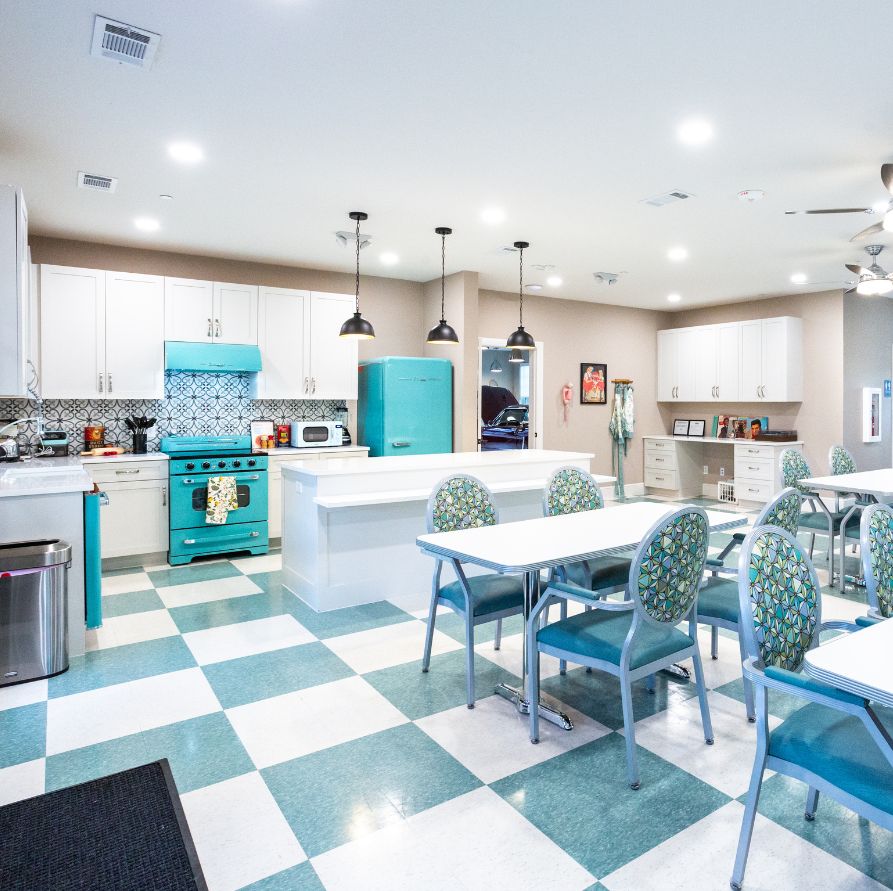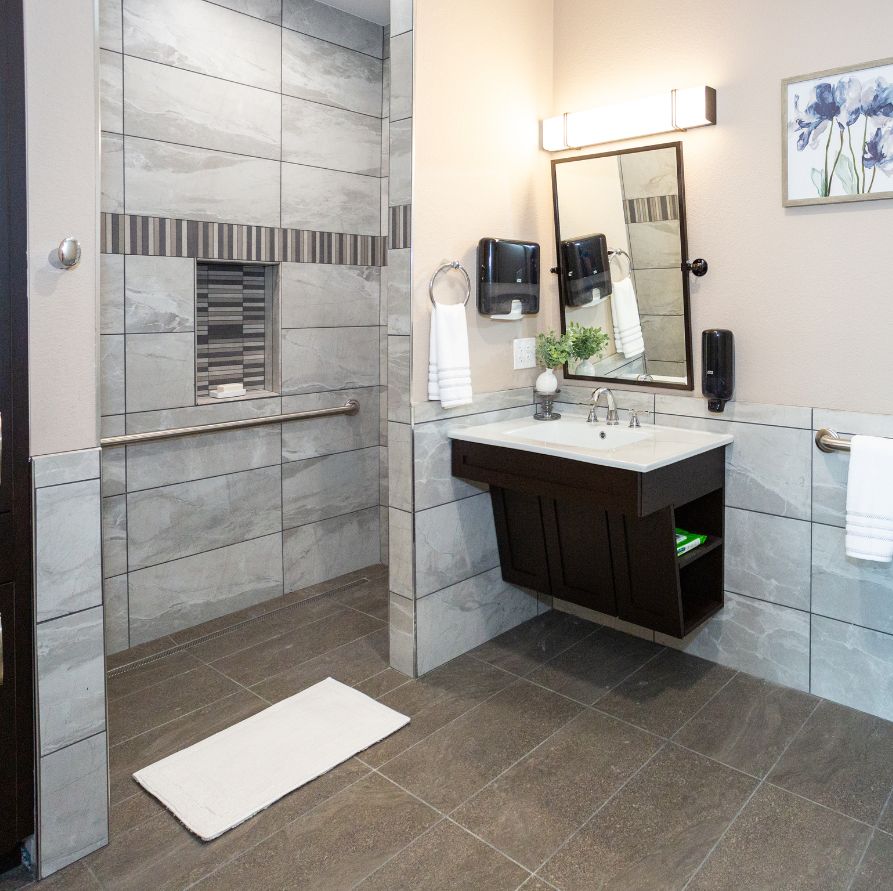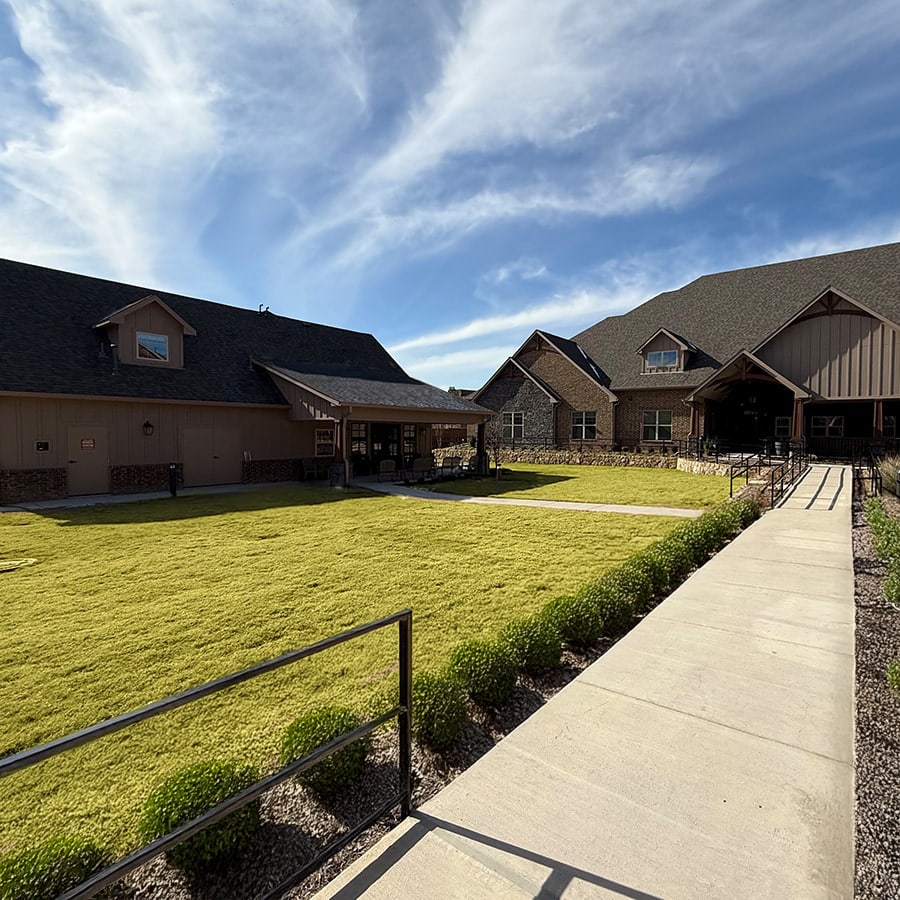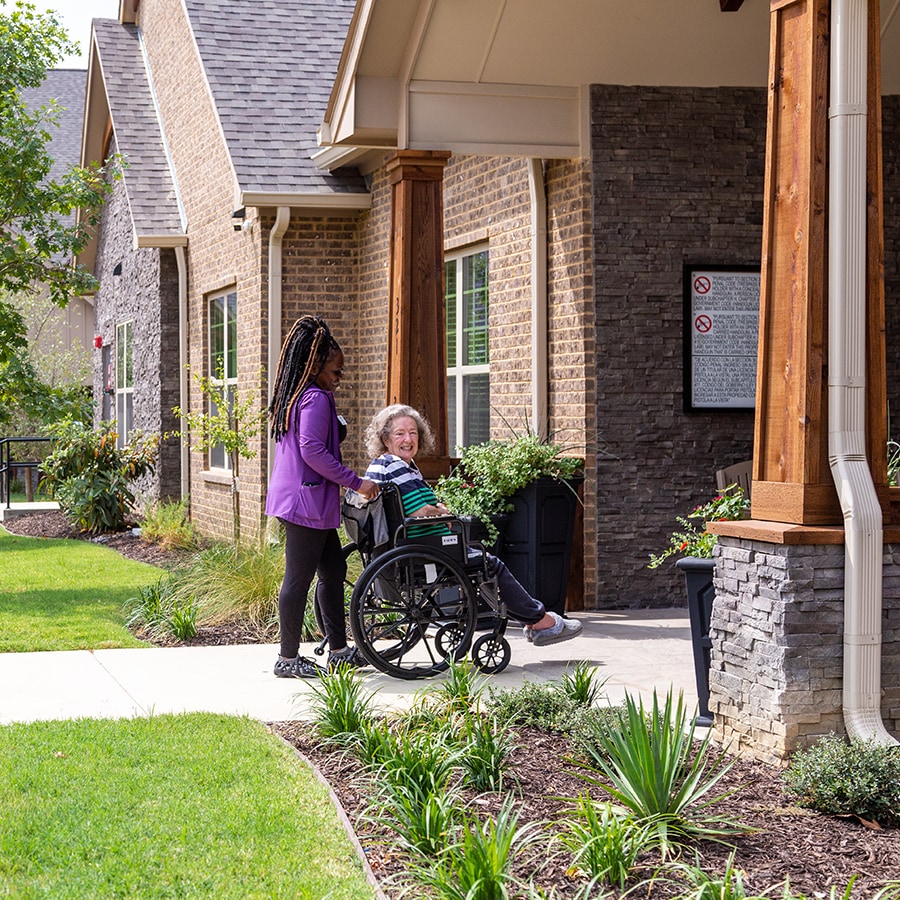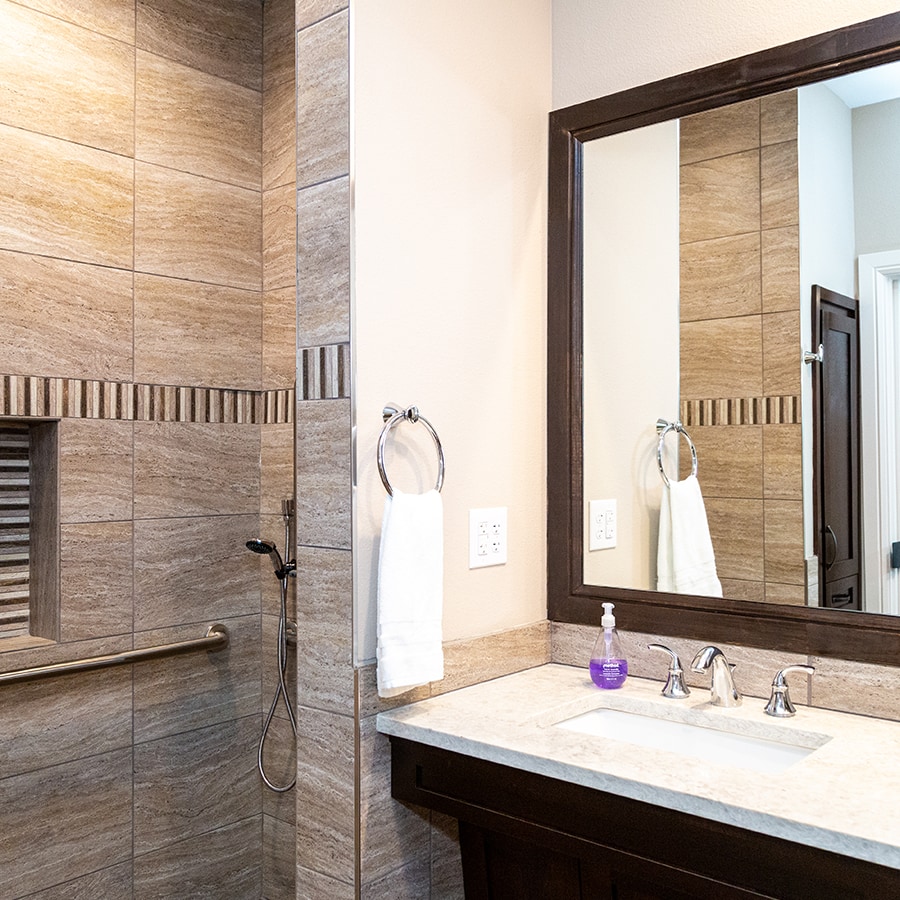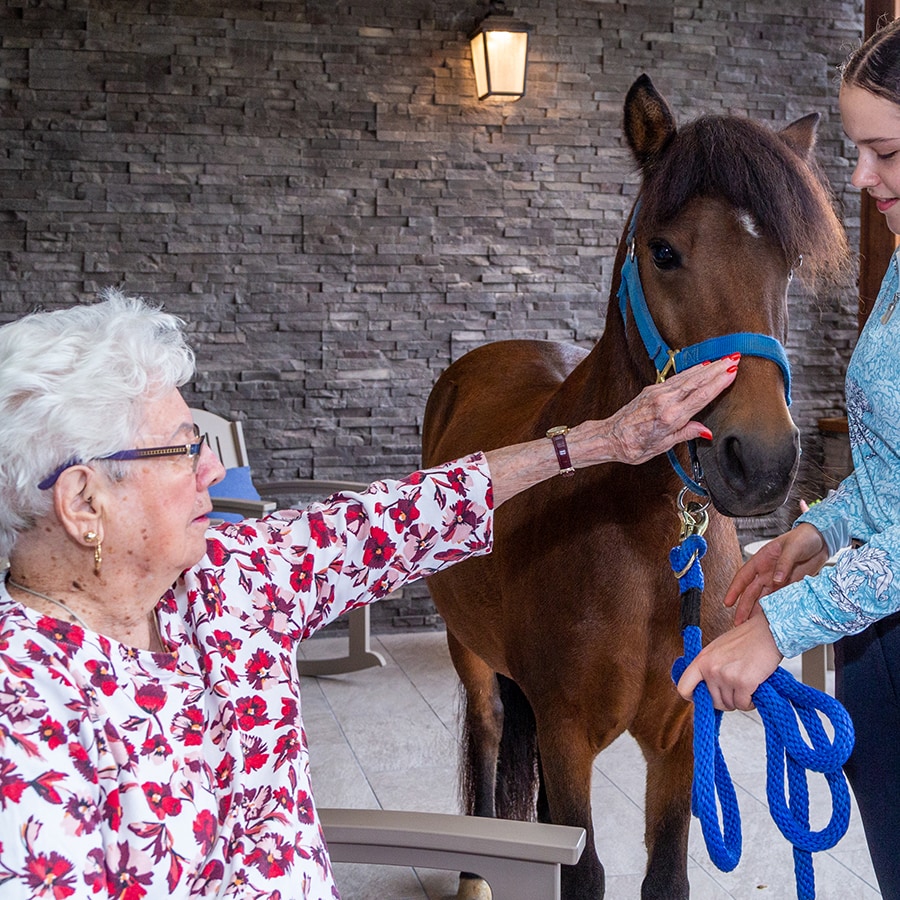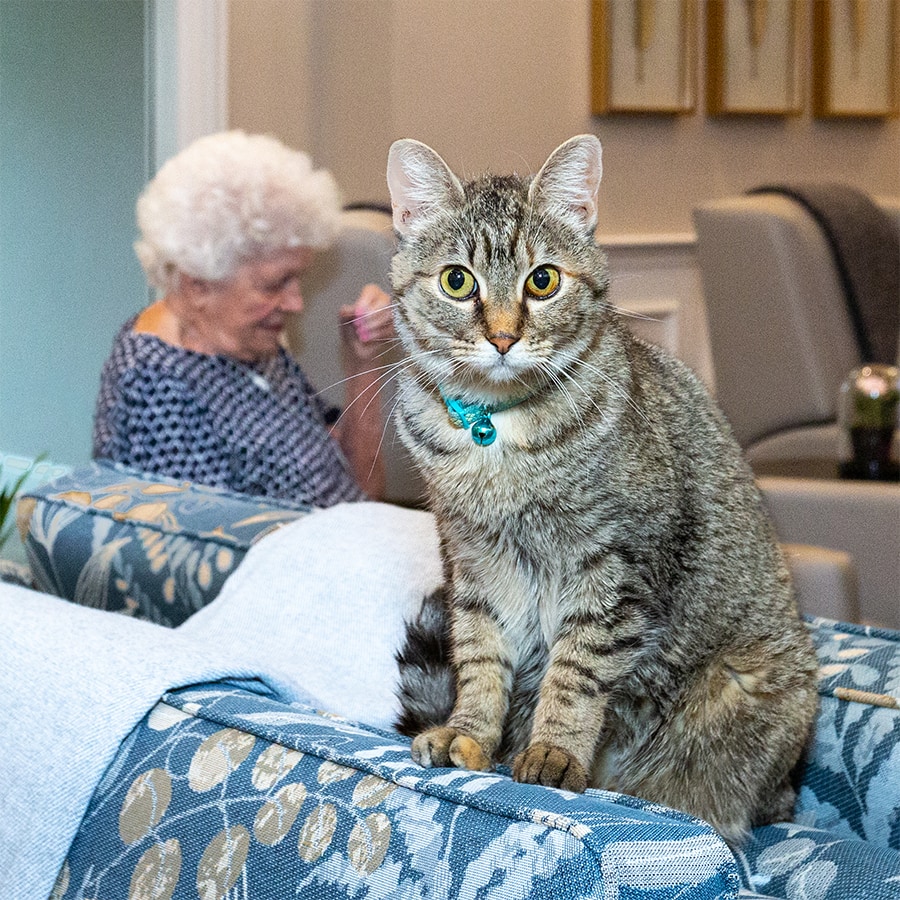For many seniors, pets are more than just animals—they’re family. Pets offer valuable emotional support, companionship, and comfort, which can significantly enhance quality of life, especially in senior living communities.
If you’re wondering if you can bring your furry friend with you to assisted living, you’re in luck. Many assisted living communities in Texas welcome pets, knowing how beneficial they can be. Here’s an overview of the benefits of pets in senior living and answers to some key questions.
The Benefits of Owning a Pet in Senior Living
There are several benefits to owning a pet:
1. Reducing stress and anxiety: Petting a dog or cat can lower blood pressure and promote relaxation. The presence of a pet can help calm nerves and ease anxiety, making it easier to adjust to a new living situation.
2. Combating loneliness: Pets offer a constant companionship and help reduce feelings of loneliness. Caring for a pet provides a sense of purpose and helps keep residents engaged, fostering emotional well-being.
3. Encouraging physical activity: Dogs, in particular, encourage physical activity through walks or play. Regular movement can help seniors maintain mobility and overall health, while also providing mental stimulation.
4. Promoting emotional well-being: The unconditional love of a pet can bring joy, reduce depression, and give seniors a sense of connection, improving overall happiness and emotional health.
What Pets Are Best for Older Adults?
Not every pet is right for every senior. Consider the following options that are well-suited for older adults:
1. Dogs
Smaller, calm breeds like Bichon Frise, Shih Tzus, or Cavalier King Charles Spaniels are ideal for seniors. These dogs require less exercise and are easy to manage, while still providing companionship and motivation to stay active.
2. Cats
Cats are low-maintenance and independent, making them great companions for seniors who prefer less interaction. Breeds like Ragdolls or British Shorthairs are affectionate but don’t need the regular walks dogs require.
3. Birds
Birds like budgies or canaries provide lively companionship and entertainment. They’re relatively easy to care for and require less interaction, making them a great choice for seniors looking for a low-maintenance pet.
4. Fish
Fish are soothing and meditative to watch. Aquariums can reduce stress and offer relaxation without requiring much physical upkeep. They’re an excellent option for seniors with limited mobility.
5. Robotic Pets
For those with mobility issues or dementia, robotic pets can provide emotional support and companionship without the responsibilities of feeding or walking, offering comfort for residents with limited physical ability.
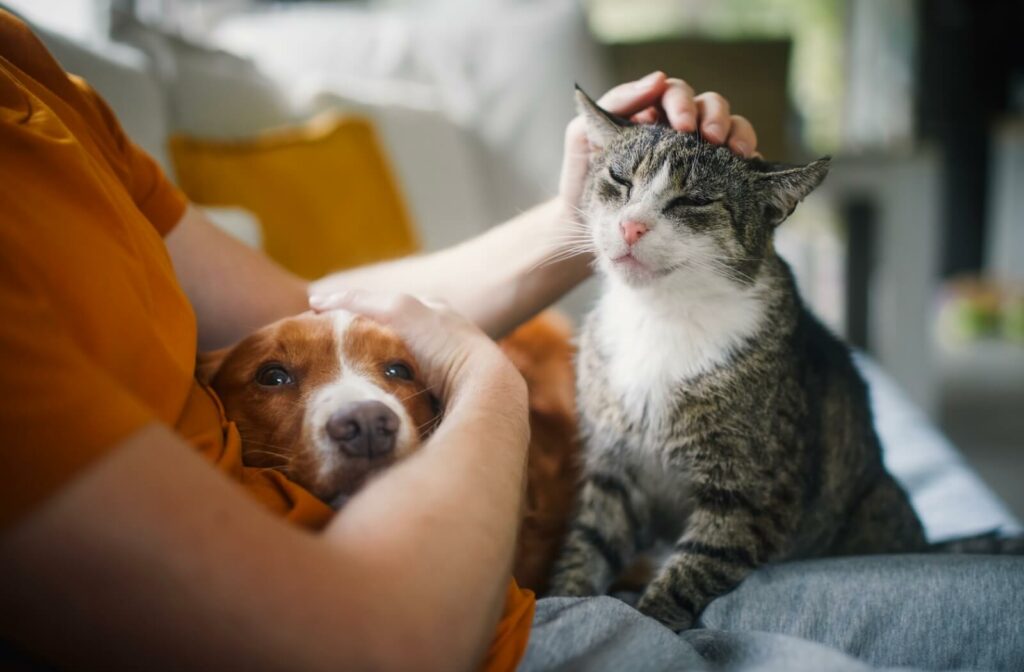
Assisted Living Is Less Restrictive Than Nursing Homes
Assisted living communities are more pet-friendly than nursing homes for several reasons:
1. Greater Flexibility with Pets
Assisted living focuses on independence and support, so it’s often easier to have pets. In contrast, nursing homes are more medically intensive and have stricter policies about pets due to health concerns.
2. Fewer Health Concerns
Assisted living residents are typically more independent and mobile, reducing health risks related to having pets. Nursing homes, with more complex medical needs, often restrict pets due to allergies or infections.
3. Emotional Support and Comfort
Assisted living often allows residents to keep their pets, offering consistent emotional support. Nursing homes may only allow therapy pets for occasional visits.
Making the Most of Your Pet’s Companionship in Senior Living
If you plan to bring your pet to senior living, here are some things to keep in mind:
- Health & mobility: Ensure your pet is healthy and adaptable to the environment.
- Space & environment: Consider the size of your living space and whether your pet has enough room to be comfortable.
- Support services: Ask about available pet care services, like walking or grooming assistance.
Frequently Asked Questions
Q: What types of pets are allowed in assisted living?
Most assisted living communities accept small dogs, cats, birds, and sometimes other small pets. Be sure to check for any breed or size restrictions.
Q: Can pets stay in assisted living?
Yes! Many communities allow pets, but each has its pet policy, so be sure to check the guidelines.
Q: Are there pet care services available?
Some communities offer pet care services like walking, grooming, or help with vet appointments. Ask about available options when touring the facility.
Q: Can family pets visit?
Yes, most communities allow visiting pets from family members, though there may be some rules around this. Be sure to check the policies.
Q: What should I consider before bringing my pet?
Consider your pet’s age, health, and temperament. Make sure you can care for your pet, either independently or with support from the community.
Visit Teresa’s House at Argyle Today!
Pets offer more than just companionship—they provide emotional support, encourage physical activity, and enhance overall well-being. In assisted living, pets can make the transition smoother and more fulfilling, helping residents feel right at home. Whether it’s a dog, cat, or even a fish, pets can greatly improve the quality of life for seniors.
Schedule a visit to our Teresa’s House in Argyle, Texas today to see how we’re redefining senior living.







